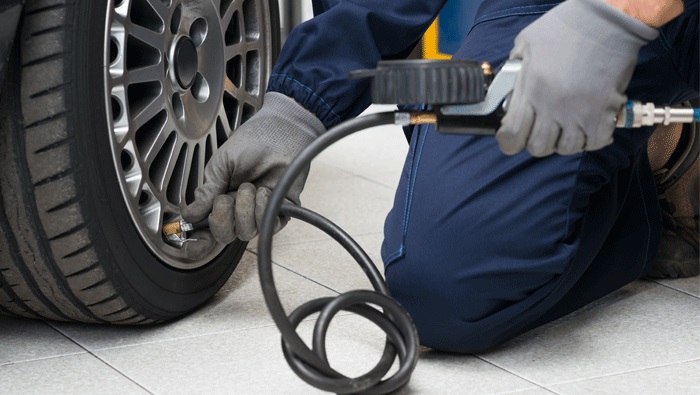
Out on the road, your car is as good as the tyres it wears. Tyres are the only source of contact between a vehicle and the road, and the vehicle’s overall performance is very much affected by the condition of the tyres. The most important aspect of tyre care is to check whether the tyres are good enough to run, have enough tread, and are tear or crack free.
Proper inspection of tyres should be carried out at least once a month. Here is what you need to check.
Tread
Tyre treads create grip on road surface. Less tread means lesser traction. As the tyre wears and loses tread depth, its performance and functionality are hugely reduced.
All tyres have tread wear indicators (TWIs). Replace the tyre(s), once the indicator shows a tread depth of 2mm and lesser. If the balance of your vehicle is perfect, all the tyres would lose the tread uniformly, and would require replacing the whole set together.
Uneven Wear
Uneven wear of the tyre indicates trouble with wheel alignment, or the suspension is worn. Uneven wear could also be a result of regular towing. Inspect the whole contact surface of the tyre, including the outer edges, to check for uneven wear.
Swapping tyre pairs from front to back at regular intervals is also recommended, given the tyre size at both ends is the same, which mostly is the case, but not always.
Pressure
Incorrect tyre pressure leads to safety and handling issues, along with poor fuel efficiency.
Under-inflation also triggers cracking up of the sides of tyres, leading to punctures and loss of vehicular balance.
Make sure to always keep the tyres inflated to the recommended level (mentioned on the tyre).
Duration
Generally, a tyre any older than five years will need replacement. Even if the kilometres travelled are low, or the tyre isn’t even being used, it will still deteriorate as the rubber loses its suppleness due to the drying out of moisture and oils.
Check the tyre’s date of manufacture, stamped on the sidewall to know its age. It’s also worth noting that tyres deteriorate more quickly in hot climates.
While replacing the tyre(s), make sure to always go only with the recommended size and dimensions. Also, never mix radials and non-radials. Go with any one, or better — the one which is recommended by the vehicle manufacturer.
Choose wise; ride safe.